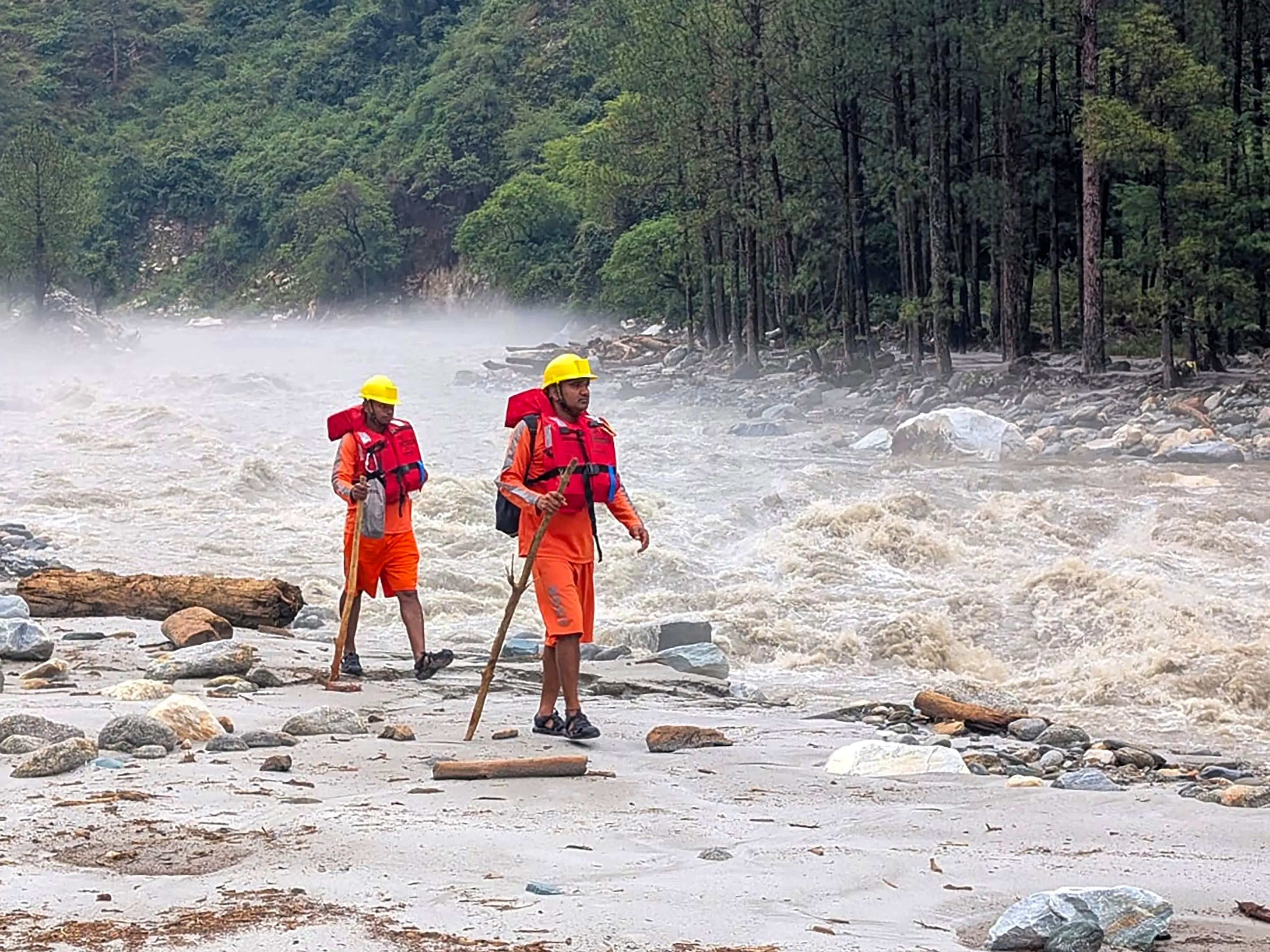Where the Equator Meets Africa: 7 Countries You Need to Know About Before Everyone Else Does- When people think of the Equator, they often picture a line on a globe. But in Africa, the Equator isn’t just a line—it’s a dynamic force that shapes weather, biodiversity, culture, and life itself. This invisible belt passes through seven African nations, each boasting stunning landscapes, rare wildlife, and vibrant cultures that few travelers or readers fully appreciate.
In this article, we shine a spotlight on the seven African countries through which the Equator passes and explore why they’re some of the continent’s most fascinating and important places.
1. São Tomé and Príncipe: Africa’s Hidden Equatorial Island
Located in the Gulf of Guinea, São Tomé and Príncipe is Africa’s second-smallest country and perhaps its most overlooked paradise. The Equator runs through Ilhéu das Rolas, a tiny islet just off the southern tip of São Tomé island.
What Makes It Unique:
- Unspoiled tropical beaches
- Dense rainforests and endemic species
- Rich history of cocoa and coffee production
Despite its small size, the country is a hotspot for biodiversity and ecological research. Tourism here is still emerging, which means fewer crowds and more authenticity.
2. Gabon: The Equator’s Green Powerhouse
Gabon is a leader in environmental conservation. With more than 85% of its land covered in tropical forests and 13 national parks, it has been called the “green lungs” of Africa. The Equator cuts through the country’s heart, influencing its rich biodiversity.
Highlights:
- Dense equatorial rainforests teeming with life
- Low-impact eco-tourism and research-focused travel
- One of the highest forest-to-population ratios in the world
Gabon has become a model for sustainable development, balancing conservation with oil revenue and tourism.
3. Republic of the Congo: Raw and Untamed
Often overshadowed by its larger neighbor, the Republic of the Congo (Congo-Brazzaville) offers some of Africa’s most unspoiled equatorial wilderness. The Equator passes through its northern regions, particularly the Odzala-Kokoua National Park.
Why It Matters:
- Home to western lowland gorillas and forest elephants
- Ancient rainforests in the Congo Basin
- Remote, off-the-grid eco-adventures
This country is a dream for conservationists, field researchers, and anyone seeking a deeper connection with nature.
4. Democratic Republic of the Congo: Equator and Earth’s Lungs
The Democratic Republic of the Congo (DRC) is one of the largest and most ecologically vital countries on Earth. The Equator cuts straight through its massive central basin, supporting the Congo Rainforest, the second-largest rainforest in the world.
Unique Features:
- Origin of the mighty Congo River
- Habitat of bonobos, okapis, and forest giraffes
- Home to Mount Nyiragongo, with an active lava lake
Though the country faces political and infrastructural challenges, its natural wealth is unmatched.
5. Uganda: Where the Equator Touches Mountains and Gorillas
Uganda is famously diverse, with ecosystems ranging from equatorial rainforests to alpine peaks. The Equator crosses south of its capital, Kampala, where tourists enjoy standing in both hemispheres.
Why It Stands Out:
- The Rwenzori Mountains, snowcapped and surreal
- Lake Victoria, the largest tropical lake on Earth
- Bwindi Impenetrable Forest, home to mountain gorillas
Uganda truly lives up to its name as the “Pearl of Africa,” offering rare access to endangered species and equatorial wonders.
6. Kenya: Wildlife, Glaciers, and the Equator
Kenya straddles the Equator with ease, blending highland plateaus, savannas, and towering mountains. Towns like Nanyuki serve as equatorial landmarks where water spirals differently in each hemisphere.
What Makes It Iconic:
- Mount Kenya, Africa’s second-tallest peak with equatorial glaciers
- World-renowned safari destinations: Maasai Mara, Samburu
- A mix of equatorial biodiversity and vibrant cultures
Kenya’s equatorial location fuels its varied climates and landscapes, making it one of Africa’s most visited destinations.
7. Somalia: The Equator’s Forgotten Coastal Frontier
Last but far from least, Somalia is often left out of equatorial conversations, but the line passes through its southern region, near Jubaland. Despite years of conflict, this area is crucial both ecologically and economically.
Key Points:
- Longest coastline in mainland Africa, facing the Indian Ocean
- Two major rivers: Jubba and Shabelle, vital for agriculture
- Rich marine biodiversity and fishing potential
Somalia’s equatorial climate offers two rainy seasons each year, essential for farming and grazing. If peace and stability improve, the country holds significant promise for sustainable development and conservation.
Why These Countries Matter More Than Ever (2024-2025 Update)
In the face of climate change, equatorial Africa is both vulnerable and vital. These seven nations are experiencing:
- Erratic rainfall patterns impacting agriculture
- Deforestation threatening biodiversity and carbon sinks
- Rising temperatures and shifting ecological zones
At the same time, countries like Gabon and Uganda are stepping up to lead in climate action and conservation. The 2024 UN Climate Reports highlighted Gabon as a case study in sustainable forest finance, while Uganda expanded gorilla conservation zones amid increasing tourism.
2025 outlooks suggest growing international support for preserving equatorial rainforests as carbon credit markets mature and demand for eco-tourism surges.
Final Thoughts: The Equator Isn’t Just a Line—It’s a Lifeline
From the volcanic peaks of the DRC to the coral-rich shores of Somalia, Africa’s equator nations are living laboratories of life. These seven countries offer lessons in resilience, adaptation, and ecological treasure. As the climate crisis deepens, what happens here will echo across continents.
So if you’re seeking wonder, meaning, and adventure, don’t just follow the Equator on a map—follow it across Africa. You’ll discover not just places, but possibilities.
India: The Global Capital of Turmeric – The Golden Spice | Maya



)